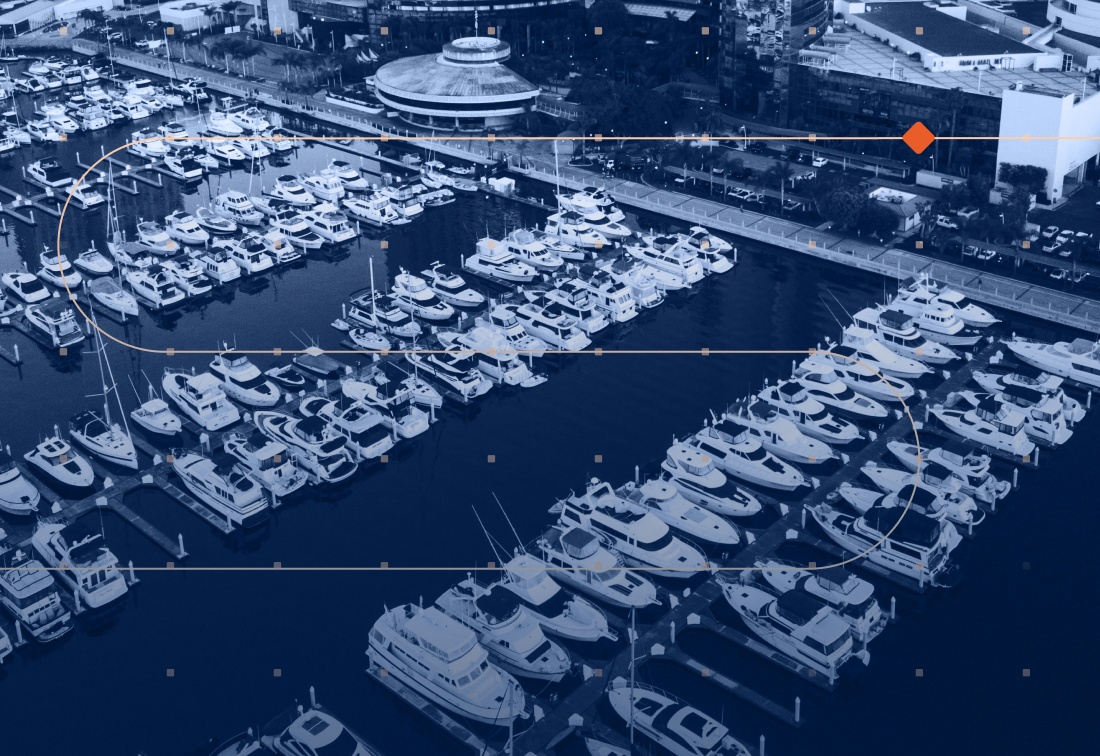The most powerful features in your AI model are also its biggest liability.
We’ve all been taught that AI data transformation is the hero of the modern data stack. It’s the sophisticated process that takes messy, raw data and refines it into clean, structured features the very fuel our machine learning models run on. We celebrate it for turning unstructured "dark data" into valuable insights and for automating the painstaking work of data preparation.
But in our rush to build smarter pipelines, we’ve created a massive blind spot, a shadowy middle ground where the greatest risks to our AI systems now hide in plain sight.
Things you’ll learn:
- Why derived data creates the biggest blind spot in AI governance.
- How to trace data lineage from source to model feature, through every transformation.
- The danger of "transformation drift" and its silent impact on model behavior.
- Why monitoring endpoints alone is no longer enough to secure data pipelines.
Why derived data is a governance black hole
Think of your data pipeline. You have a clear source: the raw data sitting in a warehouse or streaming from an application. You also have a clear sink: the AI model making a prediction. Traditional governance tools are good at looking at these two endpoints. They can tell you what sensitive data you started with and what the model’s output was.
The problem is, they are almost completely blind to what happens in between.
The moment you transform data by combining fields, calculating an index, running a cleaning script, or generating an embedding you create a new, derived data asset. This transformed feature, like user_risk_score or product_affinity_segment, didn’t exist in the source data. It was born inside the pipeline.
This is the governance black hole. A traditional scanner might see that zip_code and date_of_birth are not individually considered highly sensitive. But when a transformation combines them to create a feature that can effectively re-identify a user, that new, high-stakes risk is invisible to tools that don’t understand the transformation logic itself. This is where bias is accidentally encoded, where privacy violations are born, and where the integrity of your model is quietly compromised.
The critical need for transformation lineage
To close this blind spot, you need more than just a simple map of your data; you need a detailed recipe. True source-to-sink visibility, or lineage, doesn't just show that data moved from Point A to Point B. It traces the data's entire journey, capturing every hop, every API call, and every line of code that altered it along the way.
Imagine your model starts exhibiting bias in its loan approval predictions. How do you find the root cause? Without deep lineage, you’re stuck. You can see the biased output, but you can’t see why. Was it the raw demographic data? Or was it the feature you engineered to represent "creditworthiness" that inadvertently amplified a societal skew present in the source?
Answering this requires following the data's DNA back through the complex web of ETL jobs and microservices that created it. You need to connect the final model feature not just to the source table, but to the specific transformation logic that shaped it. This is the only way to move from reactive damage control to proactive governance.
When good features go bad
The final, hidden risk is that your transformations are not static. The relationship between your source data and the features you derive from it can, and will, change over time. This is "transformation drift."
Consider a script that standardizes state abbreviations. It works perfectly until a new front-end version starts sending full state names. The transformation logic, not built for this change, might start outputting null values or errors, silently poisoning the feature set your model relies on. The model code hasn’t changed, but its performance plummets because its "food supply" has been contaminated.
Detecting this drift requires continuous monitoring not just of the data, but of the transformations themselves. You need a system that understands the expected relationship between source and feature, and which can flag an anomaly the moment that relationship breaks. Without it, you’re left wondering why your perfectly tuned model has suddenly lost its edge.
Illuminating the pipeline with Relyance AI
This is precisely the challenge that modern, AI-native governance platforms are built to solve. Traditional approaches that scan data at rest are no longer sufficient for systems in motion. The key is to treat lineage as a living, breathing asset that understands code and context.
Relyance AI, for instance, tackles this problem by creating a dynamic map of your entire data ecosystem. Its TrustiQ engine combines static code analysis with runtime observation to see every hop and transformation, effectively eliminating the blind spots left by legacy tools. Through its Data Journeys feature, it doesn't just map where data goes, but captures the why the business purpose and legal basis behind each transformation.
This means when a model exhibits bias, you can trace the problematic feature back to the exact upstream transformation that introduced the skew. By starting with code and continuously validating against live traffic, Relyance AI keeps this map perpetually up-to-date, allowing it to detect the kind of transformation drift that can silently erode model performance and introduce compliance risk.
Trust your transformations, not just data
AI data transformation is undeniably powerful, but its power comes with new, dynamic risks that legacy governance tools were never designed to handle. The focus has shifted from managing static data inventories to governing fluid, complex data flows.
Simply trusting your raw data is not enough; you must be able to trust the intricate, often automated, processes that shape it into model features. In the age of AI, achieving true trust and safety means illuminating the entire data journey, from the first byte of raw data to the final, transformative line of code. You can no longer afford to fly blind.


